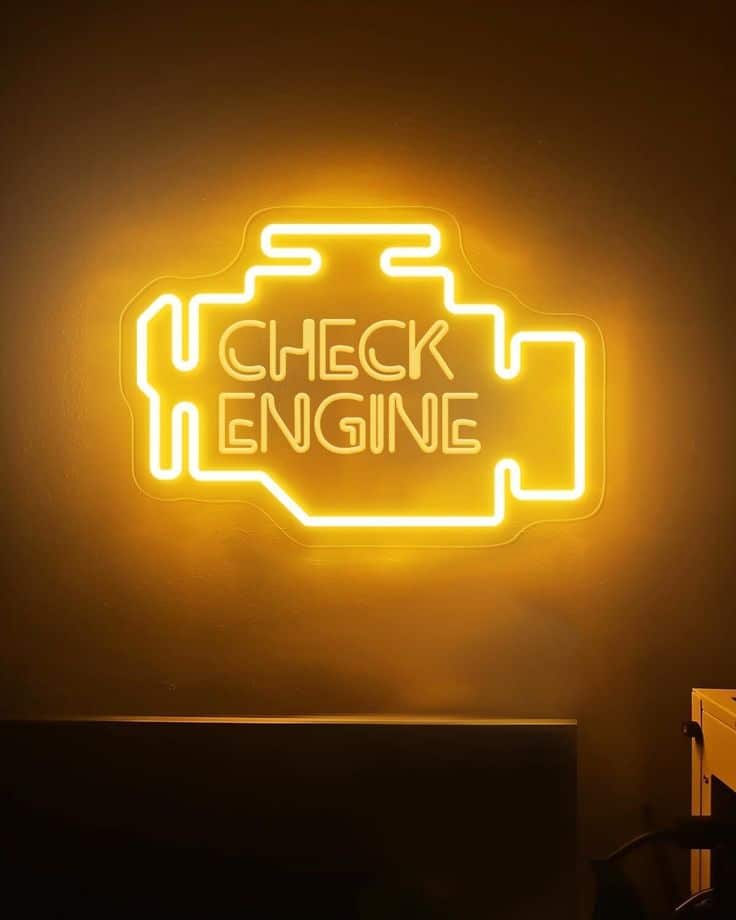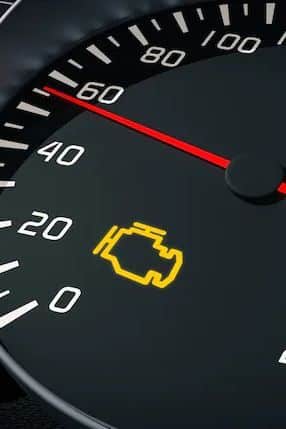The check engine light is a small indicator with a potentially large impact. For many automotive owners, this light is a source of anxiety and confusion. Understanding what it could mean is crucial for maintaining your vehicle’s health and longevity.
Why Does the Check Engine Light Come On?
The check engine light can illuminate for various reasons, ranging from minor to severe. Issues such as a loose gas cap might trigger it, or it could indicate a more significant problem like a malfunctioning oxygen sensor. It’s essential to have your vehicle evaluated to determine the root cause.
Cars and trucks need to be registered in every state across the United States to be legally driven. Proper registration ensures compliance with emissions standards, which are directly linked to engine performance. Ignoring these standards can sometimes result in the check engine light being activated.
An engaged check engine light is an early warning system designed to avoid further automotive issues. Timely attention to this alert can prevent more severe damage, reducing overall repair costs. Regular vehicle maintenance is key to preemptively addressing these problems.


Common Triggers for the Warning Light
One of the most common reasons for the check engine light to appear is a misfiring engine. Misfires can be caused by issues with the ignition system, fuel system, or engine components like spark plugs. Addressing these issues promptly can prevent more extensive damage.
Another factor that can lead to the warning light is a faulty catalytic converter, which impacts the car’s emissions and can severely affect performance. Vehicles that are 11 years old or newer typically have reduced risks for carbon monoxide leaks, making them somewhat more resilient in this regard. Despite this, a failing catalytic converter must be addressed to maintain the vehicle’s efficiency.
An issue with the vehicle’s mass air flow sensor can also cause the check engine light to come on. This sensor measures the amount of air entering the engine to ensure optimal performance. A malfunction can lead to inefficient fuel usage and increased emissions, highlighting the delicate balance required in maintaining automotive systems.


Immediate Steps to Take When the Light Comes On
Once the check engine light is illuminated, it is crucial to take immediate steps to diagnose the issue. Utilizing an OBD-II scanner can provide error codes that help pinpoint the problem. This approach saves time and money by reducing the need for extensive diagnostics at a repair shop.
In cases where the light is flashing, it indicates a more severe problem, requiring urgent attention to prevent further damage. Continuing to drive under these conditions can exacerbate the issue, potentially leading to costly repairs. Seeking professional automotive advice ensures that any pressing issues are handled appropriately.
A temporary measure might involve inspecting common culprits, such as checking whether the gas cap is tightly secured. While this might seem minor, it can be a simple solution to the problem. However, if the light remains, professional inspection is recommended to thoroughly address the cause.


Long-term Consequences of Ignoring the Light
Neglecting the check engine light can lead to long-term damage to your vehicle. A persistent issue that goes unaddressed can affect fuel economy, emissions, and overall engine performance. Over time, this can result in more substantial repair needs, impacting the vehicle’s lifespan.
An ignored check engine light might lead to roadside breakdowns, which are not uncommon according to research suggesting that 54% of such incidents result from tire issues. While the check engine light may not directly indicate a tire problem, it underscores the importance of comprehensive vehicle maintenance. Regular automotive check-ups can prevent unexpected car troubles on the road.
Furthermore, failure to act on the warning light can impact safety, increasing the likelihood of accidents due to compromised vehicle function. Keeping every component in optimal working condition safeguards not only the driver but also passengers and others on the road. Taking proactive measures ensures reliability and safety in all driving conditions.
Professional Help: When to Get Assistance
While some drivers may feel inclined to address check engine light issues themselves, professional help is often the safer route. Trained mechanics possess the expertise to accurately diagnose and fix varied automotive problems. A quick diagnostic from a professional can provide peace of mind and prevent further complications.
Frequent consultation with automotive professionals can enhance vehicle longevity. Mechanic checks typically include looking at integral system components, electrical connections, and verifying emission controls. This comprehensive investigation ensures that the vehicle adheres to necessary regulations and operates efficiently.
Lastly, when professional help is sought, maintaining an open line of communication with the mechanic regarding the car’s history and recurring issues can be advantageous. Providing detailed information assists in accurate diagnostics and effective resolution. In the end, a well-maintained vehicle is a source of safety and reliability on the road.
The appearance of the check engine light should not trigger panic, but it does call for attention. Understanding its causes and promptly acting can help prevent extensive automotive issues. Whether it’s a DIY fix or seeking professional help, addressing the light is critical for vehicle longevity and safety.
- 0shares
- Facebook0
- Pinterest0
- Twitter0


